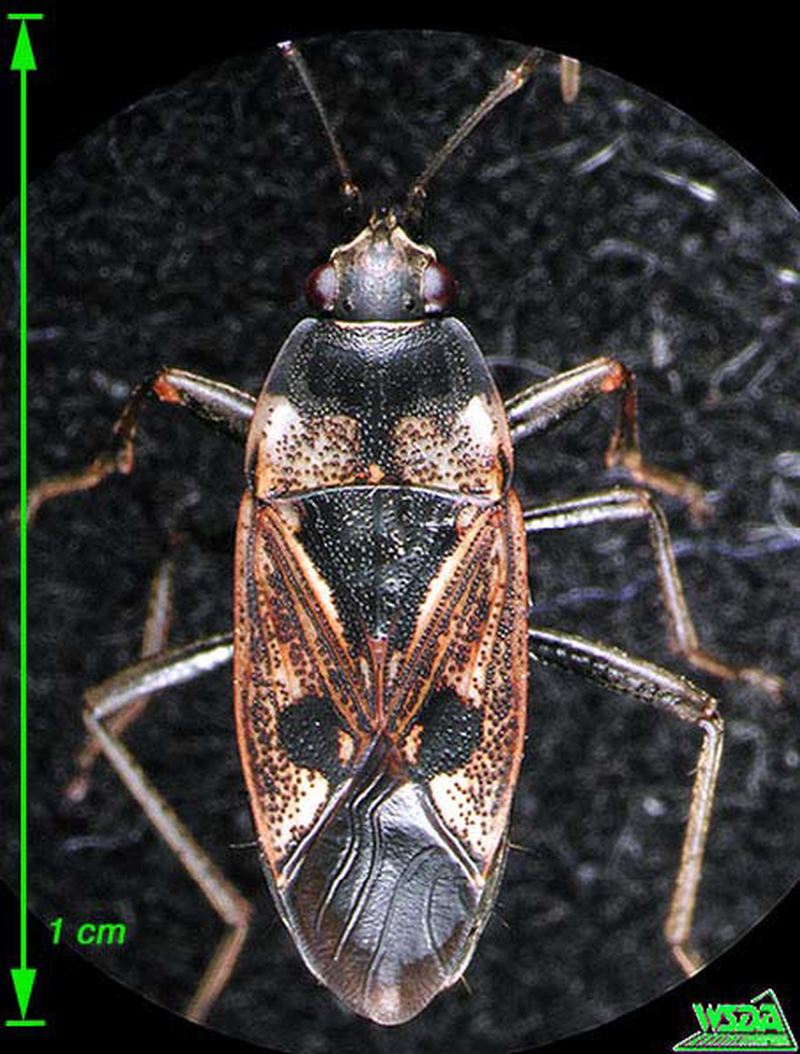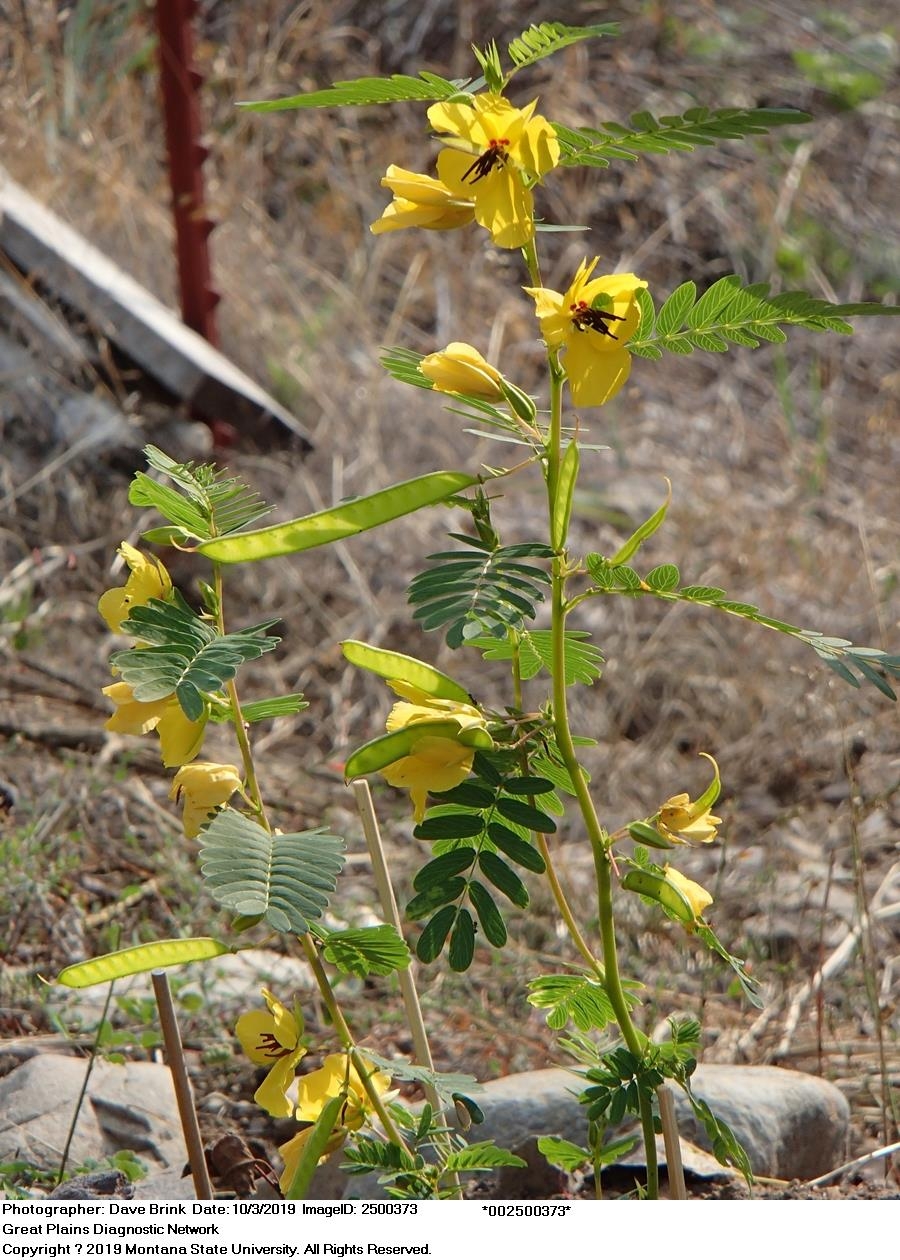
Mineral County
“Don’t Be Afraid to Say, ‘I Don’t Know.’” or “Study and Serve the People”
Published: 2019By Dave Brink
MSU Extension serves as the principal diagnostic service for plant, insect, and plant disease issues that affect agricultural producers, small landowners, and everyday homeowners alike in the state of Montana. Local Extension Agents are often the initial point-of-contact and investigator for new pests or natural, periodic pest outbreaks that cause alarm or even just allaying concern of the unknown plant or bug. The MSU Schutter Diagnostic Lab in Bozeman serves as the final diagnostic authority and repository of samples from across the state.
Mineral County Extension also serves as a highly-capable diagnostic center for insects and plants, both native and introduced, receiving samples and samples and questions from many of the surrounding counties. Often there is no need to send the sample further along to the Schutter Lab as identification and information are readily available. This year, just over 60 insect and plant samples were submitted to the office either in person or via electronic format for identification. Many samples, once identified, are also investigated to provide research-based management or control options if so requested. Typically, clients leave with such information soon after bringing samples into the office. Individual, direct service of a client’s needs has been a trademark of the Extension Service in Mineral County and contributes to our strong support in Mineral County.
On the other hand, there are occasions when samples are sent to the Schutter Diagnostic Lab, not only for verification, but also to document the presence in the state of Montana. Such was the case for three samples in particular this year. The first, partridge pea, Chamaecrista fasciculate, is a plant normally found in the Midwest and Southeast and not previously observed in Montana. Secondly, an introduced, exotic seed bug, Rhyparochromis vulgaris, is a new and increasing nuisance pest in Washington State that has found its way in Montana; first reported in Ravalli County and now Mineral County. The final sample was for rush skeletonweed, Chondrilla juncea, a Priority 1B noxious weed in the state of Montana. This was the first discovery of this plant in Mineral County and has important repercussions for management of the infested area to prevent further spread and damage to the natural resources of the state.
In each case, individual attention, service, and distribution of research-based data concerning management addressed the specific needs. While the success of any decisions clients make based on the information provided remains to be collected, local clientele appreciate and report favorable results from individual assistance as opposed to more formalized programming events.



